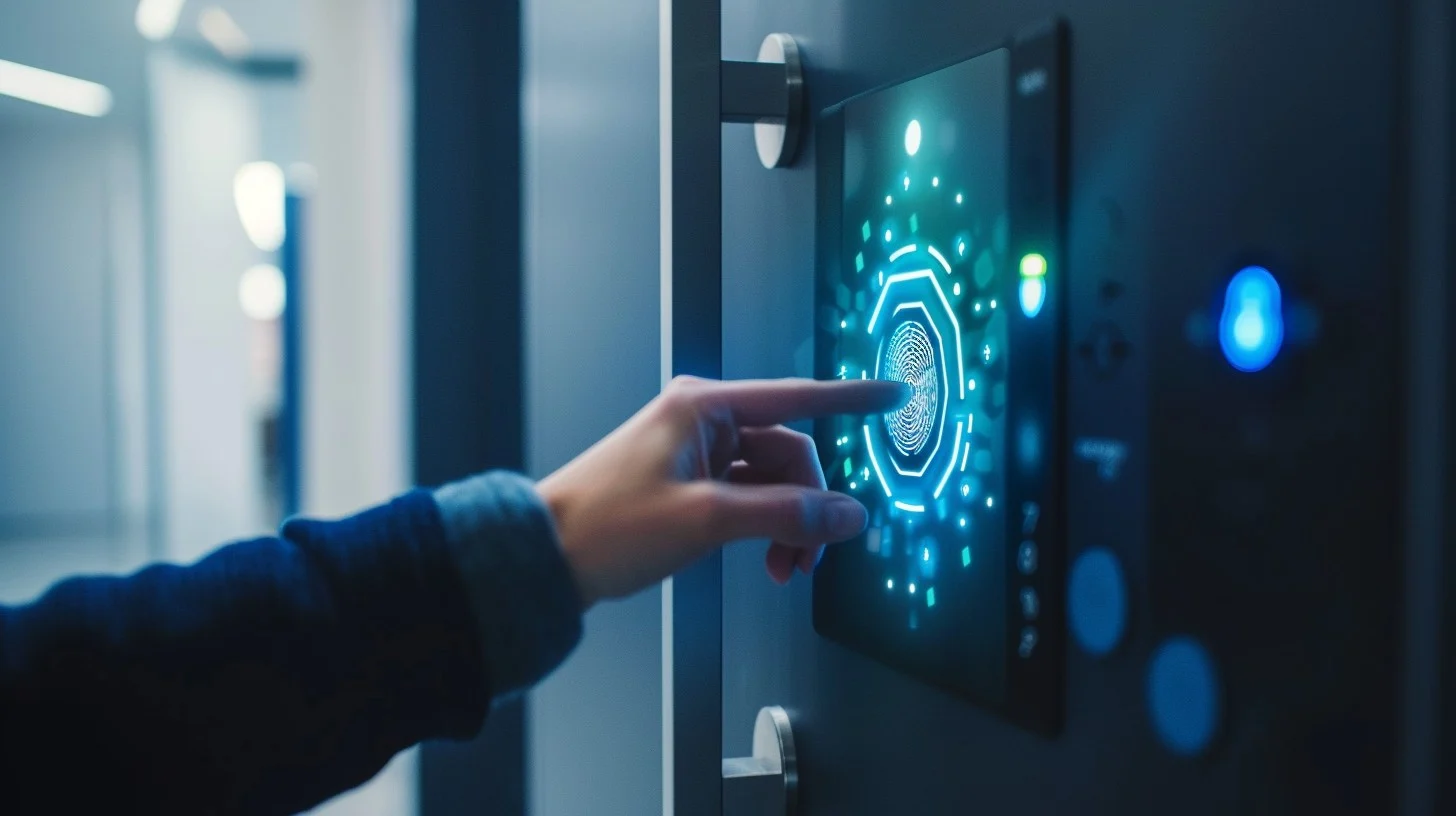Imagine unlocking your phone with a glance or accessing your bank app with just a touch. Biometric security, especially fingerprints and face scans, is changing the way we secure our digital world. But is this futuristic technology truly safe? As biometric authentication becomes mainstream, understanding its strengths, weaknesses, and real-world impact on security is essential for everyone. Let’s take a fresh look at the safety of biometric security, cutting through the myths and hype to reveal what you actually need to know.
What Is Biometric Security?
Biometric security systems use unique physical features—like fingerprints or facial patterns—to verify identity. Unlike passwords or PINs, biometrics connect authentication directly to who you are, not what you know. The promise? Enhanced security, greater convenience, and protection against traditional hacks.
Primary Types of Biometric Authentication
- Fingerprint recognition: Scans and matches the unique ridges of your finger.
- Facial recognition: Maps facial geometry for a precise identity check.
- Iris and retina scans: Analyze the unique patterns in your eye.
- Voice recognition: Authenticates by analyzing your vocal patterns.
For most consumers, fingerprints and face scans have become the most common forms—thanks to their simplicity and use in everyday devices.
How Do Fingerprints and Face Scans Work?
The Science Behind the Scenes
Fingerprint scanners use either optical, capacitive, or ultrasonic technology to capture the unique patterns of your fingertip. Capacitive scanners are common in smartphones, offering a balance between speed and accuracy.
Face recognition systems—like Face ID—rely on cameras, infrared sensors, and complex algorithms. These systems create a detailed 3D map of your facial features or analyze a 2D image to check against a stored profile.
Both methods compare your current scan with previously registered data. If there’s a match, access is granted. If not, you’re denied.
The Perceived Advantages of Biometrics
Biometrics have fast become a go-to for digital security, but why? Here’s what makes them appealing:
- Convenience: No passwords to remember.
- Speed: Instant authentication, making logins seamless.
- Individuality: Your fingerprints and face are unique.
- Reduced risk of phishing: No credentials to steal in a traditional sense.
It all sounds promising—so where’s the catch?
Debunking the Myths: Are Biometrics Unhackable?
No security technology is perfect. Despite popular belief, fingerprints and face scans aren’t foolproof. Several high-profile demonstrations and real-world breaches have revealed flaws that consumers and businesses need to consider.
Can Fingerprints Be Hacked?
Absolutely. Researchers and cybercriminals have successfully bypassed fingerprint scanners using high-resolution images, silicone molds, or even traces of a fingerprint left on surfaces. Unlike a password, once your biometric data is stolen, you can’t just ‘reset’ your fingerprint. It sticks with you forever.
Is Face Recognition Really Secure?
Face scans, especially older or less advanced systems, have sometimes been tricked using printed photos, videos, or 3D masks. Advanced systems now use “liveness detection” to check for blinking, movement, or depth, but even these can’t guarantee 100% protection against sophisticated attacks.
Data Storage Risks
When you register a fingerprint or face scan, your device stores a digital template—not the actual image. Still, if this template gets compromised, the attacker has access to your ‘key’ for life. Data stored on-device (such as Apple’s Secure Enclave) is more secure than cloud storage, but hacks have happened—especially when combined with other vulnerabilities.
The Real Risks: What Cybersecurity Experts Reveal
Leading security specialists emphasize that biometric security should be seen as one layer in a wider defense—not a silver bullet. Here are the main concerns:
- Permanent loss: If your biometric data is stolen, you can’t change it like a password.
- False positives/negatives: No system is perfect; sometimes, others may gain access, or you may be locked out.
- Spoofing: Advanced attacks using molds, masks, or AI-generated images can sometimes fool sensors.
- Legal and privacy concerns: In some regions, authorities may compel you to unlock devices with your face or finger—something they can’t do with passwords.
- Data breaches: If a company mishandles your biometric data or stores it insecurely, massive personal risks emerge.
How Modern Biometric Security Tries to Stay Ahead
To combat risks, device makers and cybersecurity firms keep innovating. Here’s how:
Liveness Detection
Systems use sensors and software to check for signs of life—like warmth, pulse, or micro-movements—to prevent the use of masks, molds, or photos.
Encryption and Secure Enclaves
Biometric data is encrypted and kept in a secure area of the device’s hardware—never leaving your phone or laptop. Even if a hacker breaches your system, accessing that data is extremely tough.
Multi-Factor Authentication
Combining biometrics with something you know (like a PIN) or have (like a security token) adds another security layer. Many financial and enterprise systems now require at least two factors to grant access.
Regular Updates and AI
Frequent software updates patch vulnerabilities, while AI improves detection and recognizes new types of attacks. As hackers grow smarter, so do the defenses.
Biometrics vs. Passwords: Which Is Better?
Each has pros and cons. Passwords are vulnerable to phishing, brute-force attacks, or leaks but can be changed immediately after a breach. Biometrics offer higher convenience and reduce human error, yet risk severe consequences if compromised.
The best approach: Use biometrics for speed and ease—but enable strong back-up methods, like secure PINs, passcodes, or multifactor authentication. For sensitive systems (like banking or work accounts), always combine biometrics with another layer.
The Future of Biometric Authentication
Emerging technologies promise even greater security and usability:
- Behavioral biometrics: Analyzes how you type, walk, or hold your device.
- Multi-modal biometrics: Combines fingerprints, face scans, and voice for triple protection.
- Continuous authentication: Monitors your identity while you use the device, not just at login.
As these developments roll out, the goal is to make hacking exponentially more difficult—while keeping security simple for everyday users.
Final Thoughts: Are Fingerprints and Face Scans Safe Enough?
Fingerprints and face scans provide a smart balance between convenience and security. They dramatically reduce risks from password theft and make everyday tasks easier. However, they come with unique risks—from spoofing and data breaches to concerns about privacy and legal use.
No single solution offers perfect protection. For the best security, combine biometric authentication with strong, unique passwords and enable multi-factor authentication wherever possible. Stay vigilant for updates and new features, and never rely on one method alone to protect your digital life.
Take Action: Protect Yourself in the Biometric Age
Ready to upgrade your digital defenses? Review your device’s security settings, enable multi-factor authentication, and stay updated on biometric security trends. Don’t wait for a breach to take action—your privacy is worth it.
Unlock the future securely—stay smart, stay safe!






